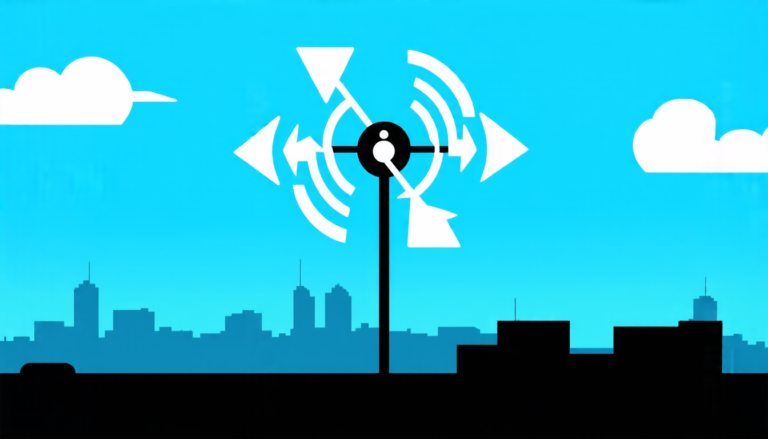Thursday 18 September 2025
Researchers have made a significant breakthrough in the field of hyperspectral imaging, a technology that captures detailed information about an object or scene by analyzing the light it reflects across a wide range of wavelengths. The new system is capable of capturing high-quality images across a broad spectrum of light, from 700 to 1600 nanometers – a range that includes both visible and near-infrared wavelengths.
The innovative system uses a technique called compressive sensing, which allows it to capture detailed information about an object or scene by analyzing the patterns of light it reflects. This is in contrast to traditional hyperspectral imaging systems, which use multiple detectors to capture information across different wavelengths.
One of the key advantages of this new system is its ability to capture high-quality images across a broad range of wavelengths. This allows it to gather detailed information about an object or scene, including its chemical composition and physical properties.
The system uses a reflective coded aperture, which is essentially a special type of mirror that reflects light in a specific pattern. The pattern is designed to capture detailed information about the object or scene being imaged, and can be adjusted to suit different types of imaging applications.
The researchers used their new system to capture high-quality images of letters, apples, and other objects. They found that it was able to gather detailed information about these objects, including their chemical composition and physical properties.
The implications of this technology are significant. It has the potential to be used in a wide range of fields, from environmental monitoring to medical imaging. For example, it could be used to monitor the health of crops by analyzing their chemical composition, or to diagnose diseases by analyzing the light reflected off the human body.
In addition to its potential applications, this new technology is also notable for its compact size and low cost. This makes it potentially more accessible than traditional hyperspectral imaging systems, which are often large and expensive.
Overall, the researchers’ new system represents a significant advancement in the field of hyperspectral imaging. Its ability to capture high-quality images across a broad range of wavelengths, combined with its compact size and low cost, make it a promising technology for a wide range of applications.
Cite this article: “Breakthrough in Hyperspectral Imaging Technology”, The Science Archive, 2025.
Hyperspectral Imaging, Compressive Sensing, Reflective Coded Aperture, Nanometers, Wavelengths, Visible Light, Near-Infrared, Chemical Composition, Physical Properties, Compact Size







